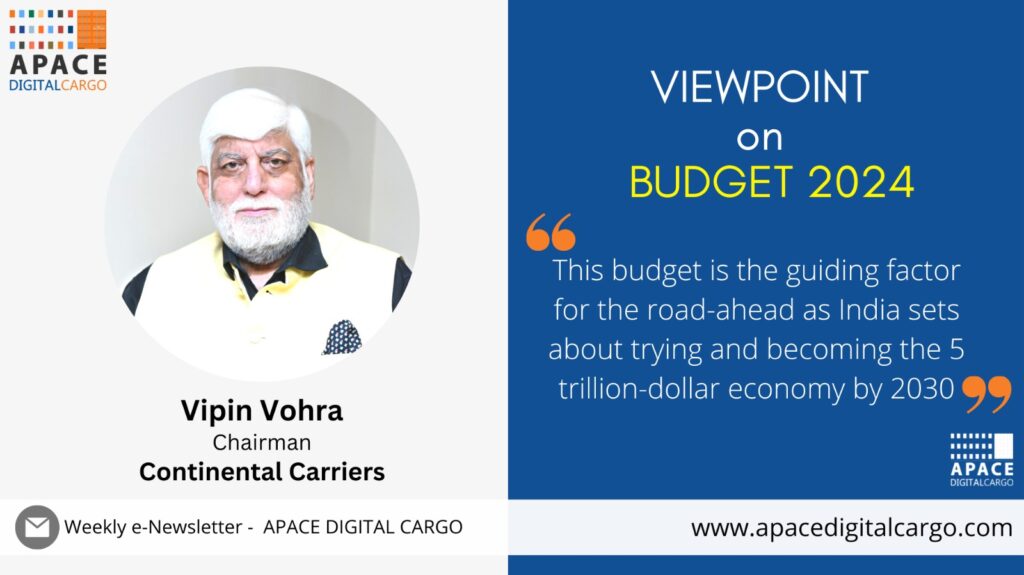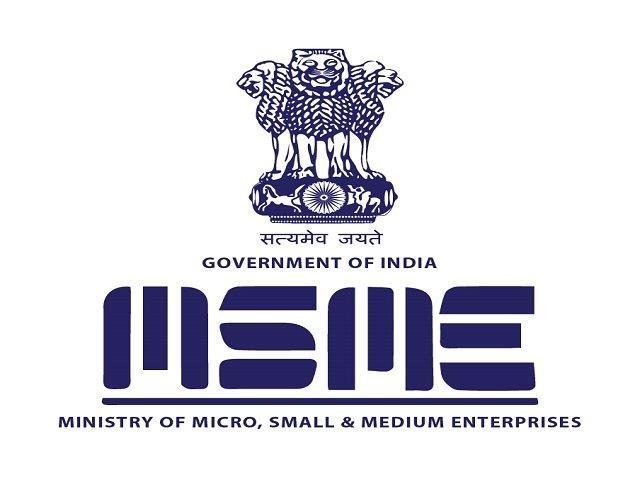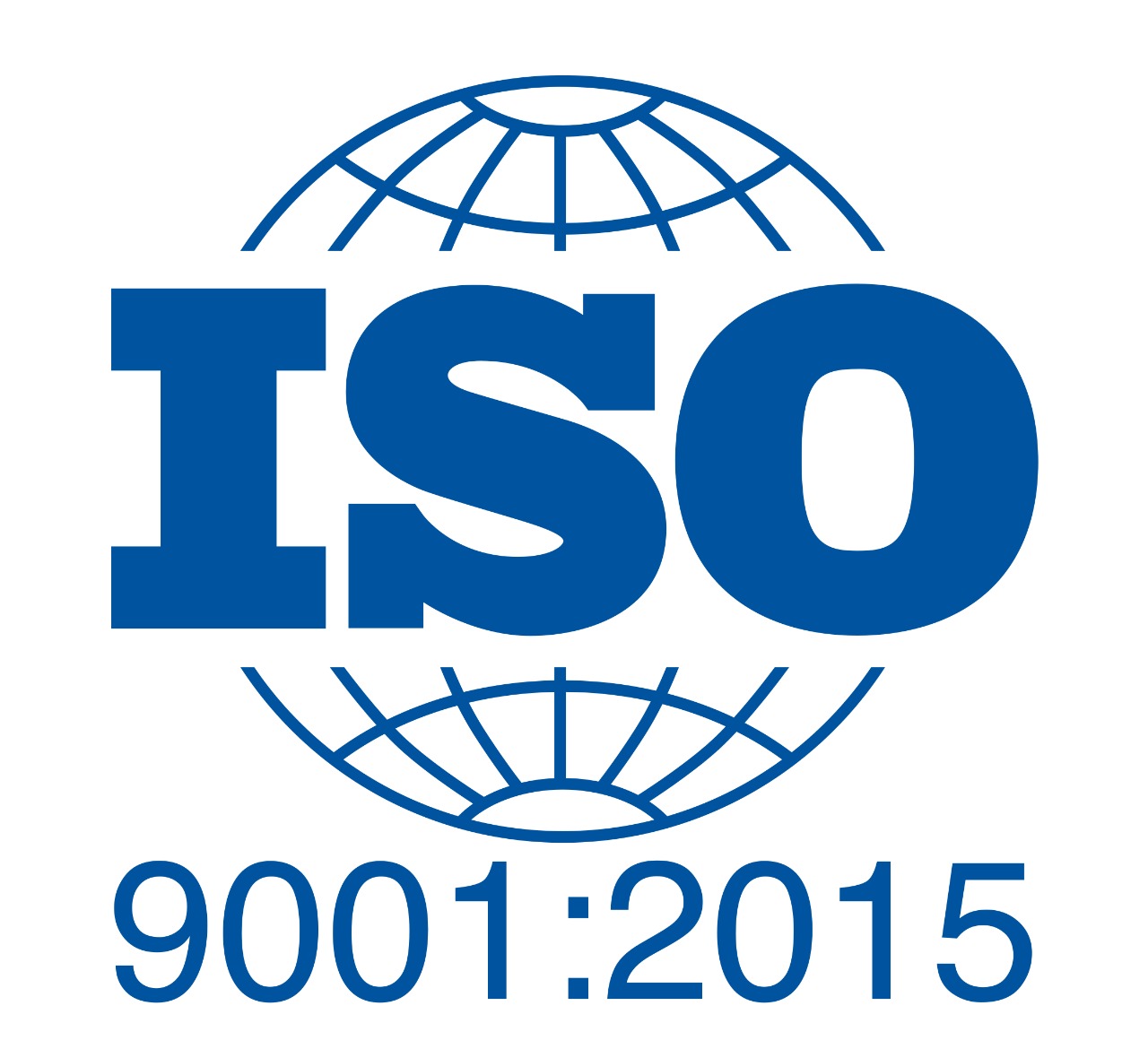
The Interim Budget 2024, presented by the Finance Minister Nirmala Sitharaman, plays a pivotal role in steering the logistics sector towards resilience and transparency through innovative solutions and streamlined regulations. Vipin Vohra, Chairman, Continental Carriers feels that this budget is the guiding factor for the road-ahead as India sets about trying and becoming the 5 trillion-dollar economy by 2030 and a developed nation by 2047.
Here are the excerpts –
Presenting the Interim Budget for the fiscal year, FM highlighted the government’s commitment to inclusive development under the vision of “Sabka Saath, Sabka Vikas, and Sabka Vishwas, emphasizing the continuity of the government’s commitment to the welfare of all citizens.
FM also touched upon the aviation sector, saying that it has been “galvanized” in the past 10 years, and that the number of airports has increased to 149. In her speech, she indicated that expansion of existing and development of new airports would continue. The roll-out of air connectivity to tier-2 and tier-3 schemes under Udaan scheme has been successful and Indian carriers have pro-actively placed orders for over 1,000 new aircraft,
- Implementation of various measures to streamline international trade processes. Consequently, the time required for the release of import cargo has witnessed significant reductions. Specifically, there has been a 47% decrease to 71 hours at Inland Container Depots (ICDs), a 28% reduction to 44 hours at Air Cargo Terminals, and a 27% decline to 85 hours at seaports over the past four years, starting from 2019 when the National Time Release Studies were initially conducted.
VIEWS
- Further improvements can be made in reducing release times.It is suggested that encouraging the establishment and utilization of off-airport bonded warehouses, particularly in the form of Air Freight Stations, would alleviate congestion at Air Cargo Terminals.
- It is further emphasized that the potential benefits of rationalizing Cargo Handling tariffs by Cargo Terminal Operators. This, in turn, is expected to contribute to an overall reduction in logistics costs.
- Simplification of regulatory norms and the adoption of a ‘single window’ procedure for obtaining approvals for creation of infrastructure etc is also recommended.
- The recently announced India-Middle East-Europe Economic Corridor is a strategic and economic game changer for India and others. In the words of Hon’ble Prime Minister, the corridor “will become the basis of world trade for hundreds of years to come, and history will remember that this corridor was initiated on Indian soil.”
VIEWS
- The unveiling of proposal for a vast rail and shipping corridor connecting India to the Middle East and Europe marks a significant stride forward in promoting trade, cutting costs, creating job opportunities, curbing greenhouse gas emissions, and improving trade efficiency. This initiative underscores India’s dedication to global economic development and sustainability. Beyond streamlining the global cargo flow, it is poised to bring about a reduction in overall logistics expenses and transit times.
- This groundbreaking development marks a significant milestone in the Indian logistics industry and plays a pivotal role in advancing the objectives of the PM Gati Shakti National Master Plan and National Logistics Policy.
- Tier 2 and Tier 3 cities will have more modern Airports in coming years. There will be 11% increase in overall infrastructure expenditure. Three major railway economic corridors including energy, mineral and cement corridor, a port connectivity corridor and a high traffic density corridor will be created under the PM Gati Shakti Yojana for enabling multi-modal connectivity. These will improve logistics efficiency and reduce costs.
VIEWS
- The increase in the multi modal connectivity will enhance movement of international cargo through the Tier 2 and Tier 3 cities thereby enhancing their commercial development. The multimodal connectivity will further expedite the movement of the cargo thereby reducing the overall logistics cost.
- Optimum utilization of the multimodal connectivity can be achieved by creation of off Airport Cargo handling warehouses at the industrial hubs with govt incentives so that ‘ready for carriage’ cargo is moved to the Airports within the least possible time at low cost.
- Similar to ICDs for ocean cargo, Govt should also encourage creation of Air Freight Stations in India for Air Cargo to enable movement of cargo from Airports at Tier 2 and Tier 3 cities to major Airports for international destinations.
- Implementation of three railway corridor program — energy, mineral and cement corridor; port connectivity corridors; and high traffic density corridors.
VIEWS
- The projects have been identified under the PM Gati Shakti for enabling multi-modal connectivity. They will improve logistics efficiency and reduce overall logistics cost and accelerate GDP.
- Multimodal connectivity will get a boost through these product specific economic corridors, and will ensure connectivity with Tier 2 and Tier 3 cities for movement of the cargo to major ports/Airports for their international destinations.





